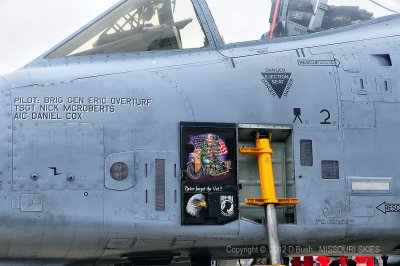


The sonic boom heard on the ground, a pressure wave created by this amazing feat, heralded a new era in aviation. ‘ Glamorous Glennis‘ (the name Chuck christened the Bell X-1) was shaped like a bullet, with thin stubby wings and four rocket engines exceeded 662 miles per hour, shooting Yeager and the aircraft into the history books. A World War II fighter ace, on October 14 th, 1947, Yeager ‘lit the candle’ and propelled himself faster than any person had ever traveled before. Yes, in fact, it was one man in particular.Ĭhuck Yeager was the first person ever to fly faster than the speed of sound. Today we will look at what it means to break the sound barrier, what it takes to do it, and even give you a little history behind this impressive feat!īreaking the Sound Barrier: The History of Man Conquering Physics Breaking the sound barrier was once thought impossible, now it happens pretty regularly! Some interesting things happen when airplanes fly subsonic. What do you understand by the term ‘fast’? Well, prepare to be amazed. Regulations banning supersonic flights over land because of sonic booms was one of the contributing factors that led to the final grounding of Concordes in 2003.Breaking the Sound Barrier: Understanding Sound and Flight Supersonic travel is currently limited to military flights and NASA shuttles, although from 1976 until 2003, civilian air passengers with deep pockets could make transatlantic flights aboard Concordes, commercial planes that traveled at supersonic speeds. The BBC also noted that the visual effect can be more dramatic when some of the air flowing around parts of the plane actually do pick up speeds faster than sound, an event known as a "transonic" flight. This causes the air to lose its capacity to hold water and condensation starts to form, creating the vapour cone. Across these shockwaves there is ‘discontinuity’ in the local air pressure and temperature. As the aircraft picks up speed, and approaches the speed of sound – around 767mph (1,234km/h) at sea level – shockwaves form around the aircraft. The shock waves are the physical effects of the aircraft travelling so fast through air. The vapour cones are created by a shockwave that is generated by the aircraft as it picks up speed. Even so, it's not visual evidence that the plane is breaking the sound barrier, per the BBC: The cone forms when airplanes approach the speed of sound, particularly if they are flying low over water. The cloud is known as a vapor cone, or sometimes called a "shock collar" or "shock egg," per the BBC, which published an explainer on the phenomenon in 2016. Sonic booms are shock waves from air pressure and occur when an aircraft exceeds the speed of sound, which depending on various conditions, is about 761 mph.Īlthough some posts and comments on social media indicated that viewers believed the circular cloud that formed around the F-18 at the 2009 air show was evidence of the plane going supersonic, it's not. The sonic boom from a meteor that struck the city of Chelyabinsk, Russia, in 2013 also caused widespread damage. The resulting sonic boom led residents miles away in Orange and Los Angeles counties to believe they had experienced an earthquake. Navy F-18 jet flying over the Pacific Ocean about 35 miles southwest of San Diego went supersonic. The Federal Aviation Administration (FAA) bans most supersonic flight over or near land.Īs anyone who lives in the flight path of a space shuttle has learned by experience, sonic booms are not only extremely loud, they cause the ground to shake. As the announcer explained, that's because the resulting sonic boom would be so powerful that it would leave a wave of destruction.


 0 kommentar(er)
0 kommentar(er)
